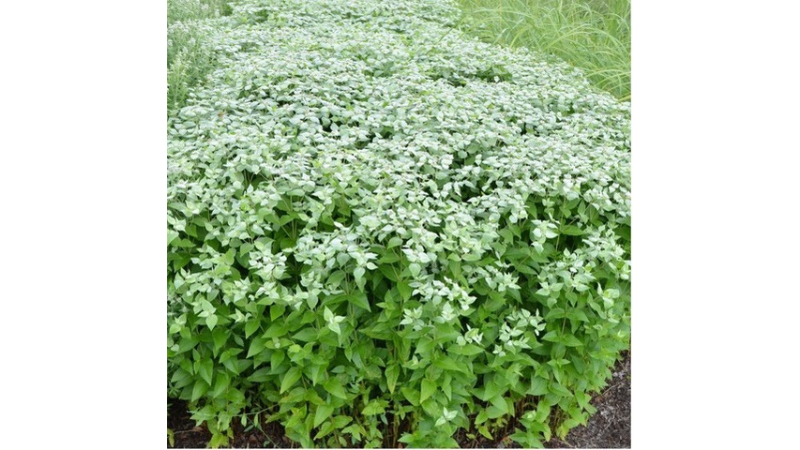
Pycnanthemum muticum named 2025 Perennial Plant of the Year
The Perennial Plant Association has named Pycnanthemum muticum the 2025 Perennial Plant of the Year (PPOY). Pycnanthemum muticum, voted PPOY by PPA members, is known as clustered mountainmint, blunt mountainmint, or short-toothed mountainmint and is native to meadows and open woodlands across much of the eastern U.S. west to Texas. It is not a true mint (Mentha spp.) but belongs to the same family and has similarly scented leaves.
Pycnanthemum muticum is a must-have for pollinator gardens, with heads of tiny white to light pink blooms attracting butterflies, wasps, and bees from July to September. Although the flowers are inconspicuous, they are surrounded by silver bracts that give the illusion of frost in summer and can persist for months.
Clustered mountainmint is a tough and adaptable perennial native with no serious disease issues. In addition, due to its aromatic foliage, it is unpalatable to deer and rabbits. Branched, vertical stems grow 2 to 3 feet tall and form a dense, weed-suppressing clump. It spreads through underground rhizomes and in moist conditions, can be aggressive although it is not invasive to the degree of true mints.
Pycnanthemum muticum plays a great supporting role in the garden. As Kyle Lambert, perennial and rose manager at The Growing Place Garden Center said, “While not necessarily the show-stopper with large eye-catching flowers, it’s a great pollinator plant, adding to its supporting role credentials. It provides a nice textural contrast to finer leaved plants and has a minty fragrance when touched. Silvery bracts top the plant when in bloom, adding to the interest. It is less of a spreader when planted in a lean, well-drained location and it looks great all season with no effort.”
Sam Hoadley, horticulture research manager at Mt. Cuba Center, also said it’s a fantastic plant. “If you are looking to attract pollinators en masse to your garden, look no further than Pycnanthemum muticum. It is invaluable to gardeners thanks to its beauty, vigor, adaptability, and disease and herbivore resistance.”
Pycnanthemum muticum prefers an area where it can freely naturalize and mingle among other plants. Its silver sheen plays well with other flower colors and contrasts wonderfully with plants with dark foliage. Some good companions include black-eyed Susans (Rudbeckia spp.), bee balms (Monarda spp.), blazing stars (Liatris spp.), Joe Pye weeds (Eutrochium spp.), and native grasses such as little bluestem (Schizachyrium scoparium) and switchgrass (Panicum virgatum).






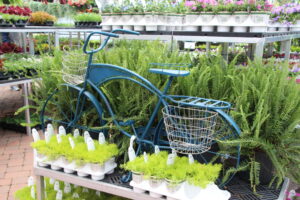

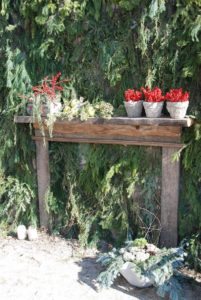
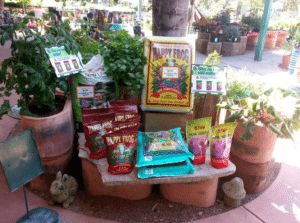
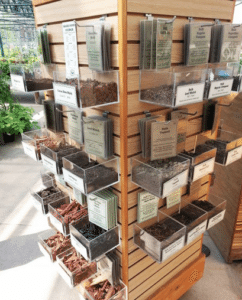

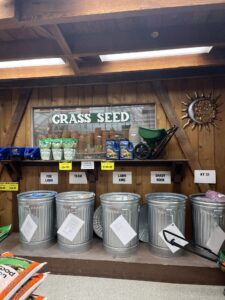





 Videos
Videos





